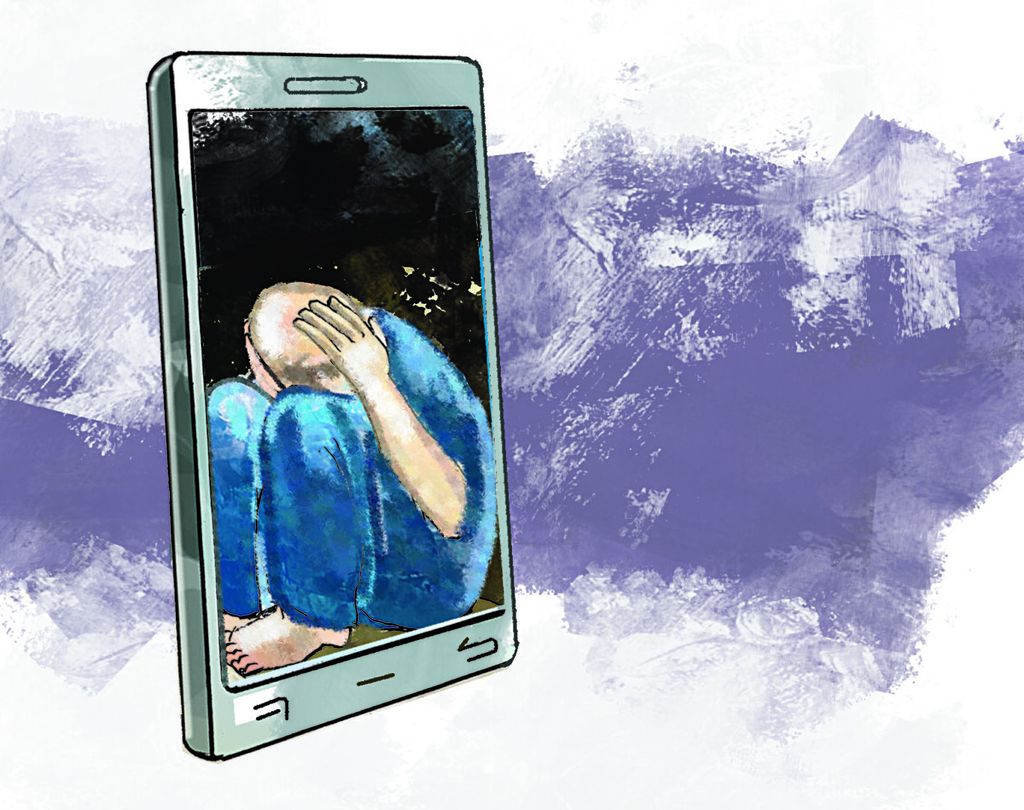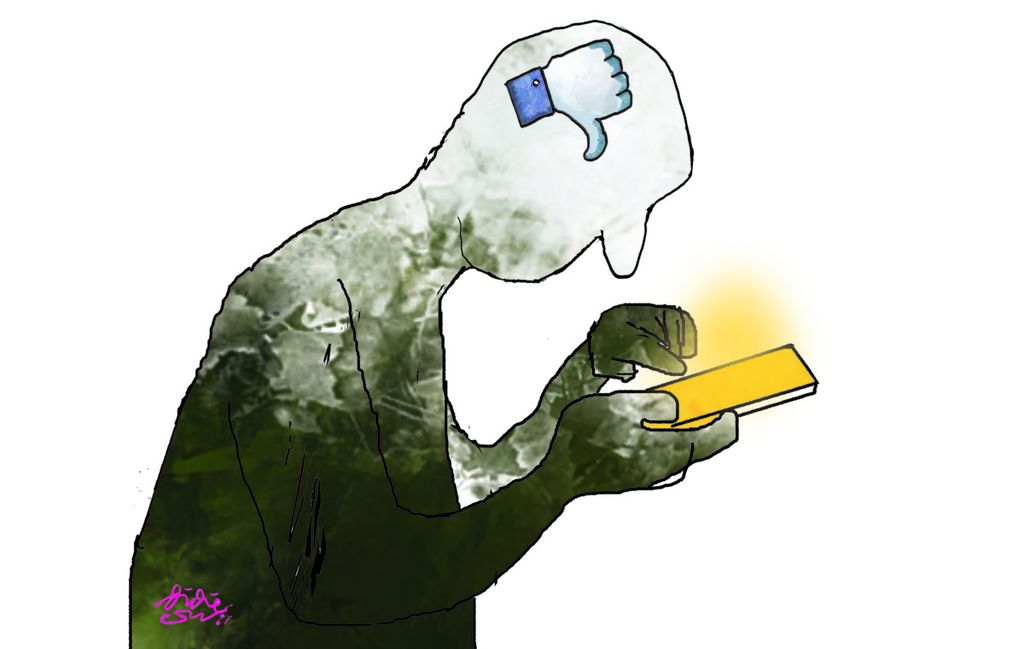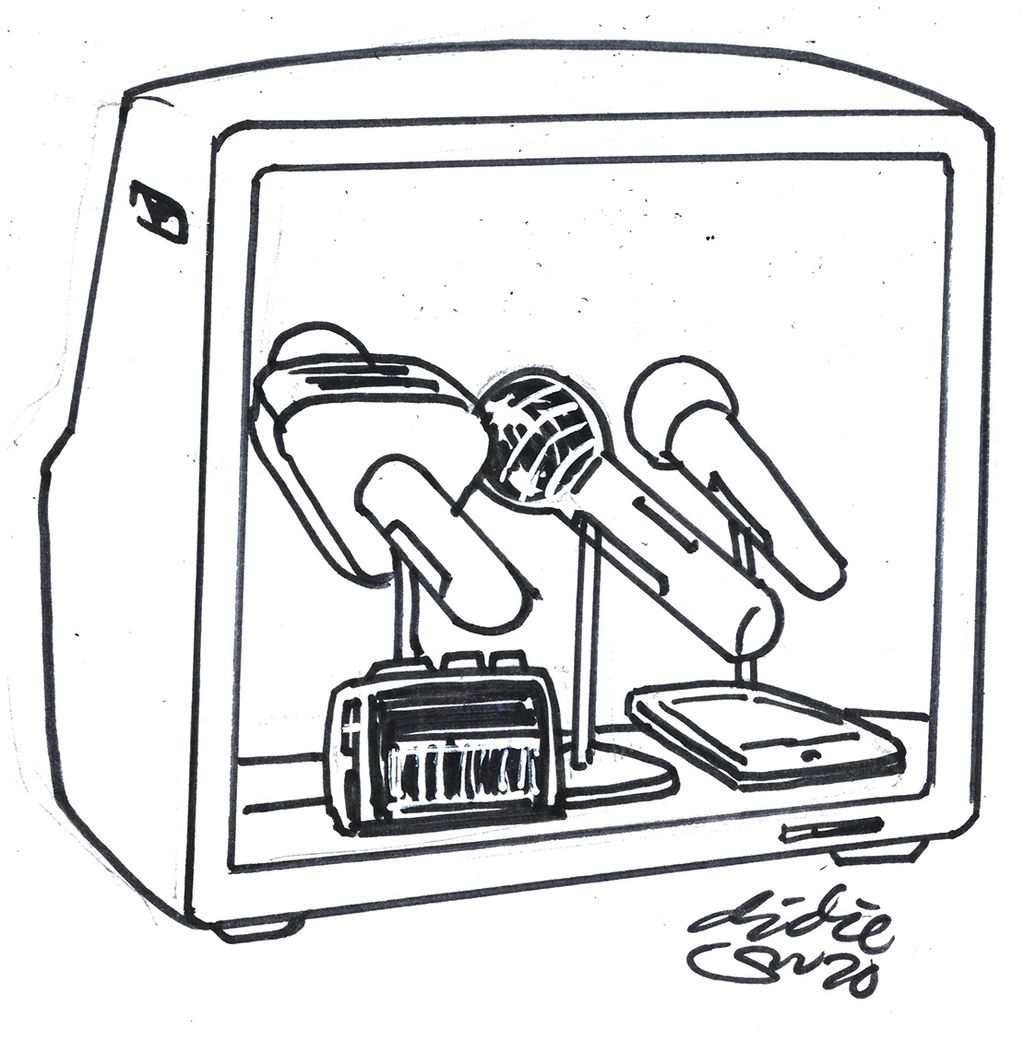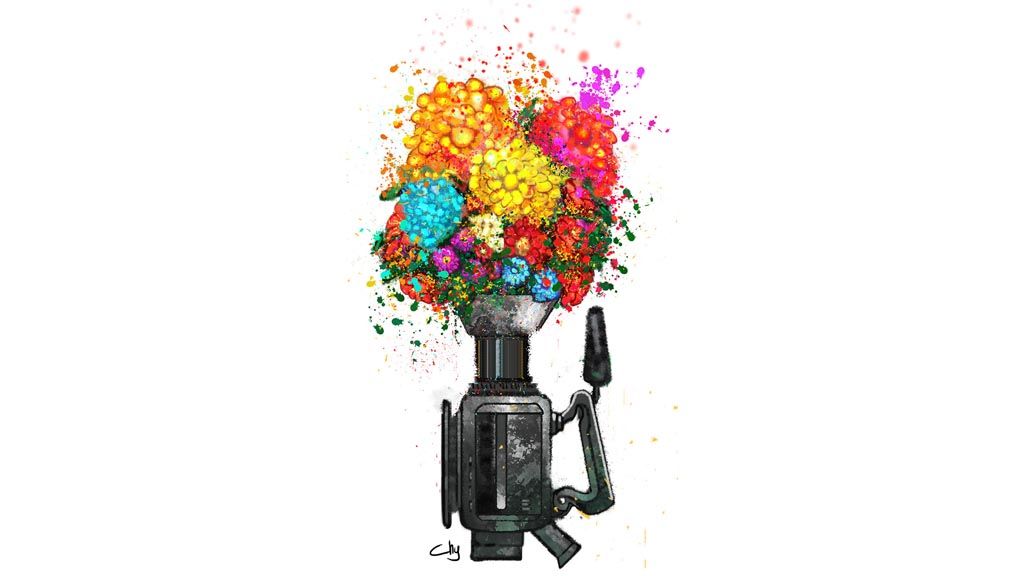Dealing With COVID-19-Related Hoaxes
Netizens who have sufficient knowledge and always keep their skepticism of certain information will certainly not easily become victims of hoaxes.

During the COVID-19 pandemic, various rumors or hoaxes have circulated on social media and WhatsApp groups. The circulation of this false news certainly makes the public nervous, even misguided, in choosing the right move to deal with the COVID-19 pandemic.
When the government decided to extend emergency public activity restrictions (PPKM Darurat) and asked people to stay at home, the number of COVID-19 cases began to decrease. However, at the same time, there are indications that there is also uncertainty regarding the truth of information related to COVID-19.
According to data from the Communications and Information Ministry, from 23 January, 2020, to 25 June, 2021, 1,670 hoaxes related to Covid-19 were found.
Also read:
> Communication of Risk and Expectation
> > Lessons from Surges in Covid-19 Cases
The number of public requests to take down the COVID-19-related hoaxes on social media was recorded at 3,690. A total of 3,075 were on the Facebook platform, 540 on Twitter, 49 on YouTube, the remaining 26 on Instagram. Of this number, 3,269 have been followed up by the Communications and Information Ministry, consisting of 2,733 on Facebook, 469 on Twitter, 45 on YouTube and 22 on Instagram.
A total of 113 hoaxes are being handled by law enforcement, and it is possible that they will lead to criminal prosecution against suspects who spread COVID-19 hoaxes that are troubling the public.

One of the hoaxes that was quite troubling to the public was the case of a doctor named Lois Owien. Instead of uploading content that is calming and encourages people to follow health protocols, Lois actually did the opposite.
On social media, Lois actually claimed that the recent increase in deaths was not due to COVID-19 but because of drug poisoning. Lois said the vaccine would actually harm our immune systems because it contains heavy metals and toxins.
Because her words were considered to be disturbing to the public, Lois was arrested by the authorities. When she appeared on the Hotman Paris talk show, this doctor was considered to be circulating hoaxes or fake news and had the potential to trigger controversy that disturbs the public.
Hoax risk
Hoax or fake news is basically news that is intentionally made to mislead and requires verification to ensure its truth. It was packaged as if it was genuine and even deliberately engineered for the purpose of deceiving; packaged as a form of credible news that displays something that is real and true.
The presence of digital social networks that facilitate the process of consumption and dissemination of information obtained from online news sites will make the spread of hoaxes increasingly out of control. Many studies conclude that amid the development of online sites that offer unlimited information, there are hoaxes or fake news phenomena that are increasingly troubling.
Also read:
^ Improving Public Communication
So far, with various motives, there are always people who deliberately spread fake news. The act of spreading hoaxes is very dangerous because it has been proven to be able to direct people\'s beliefs and even succeed in constructing people\'s minds — even though the information they receive is wrong.

Rochlin (2017) states that due to the spread of hoaxes, what has happened is that facts and evidence have been replaced by personal beliefs, emotions and sentiments in certain social class or groups. Bronstein, Pennycook, Bear, Rand and Cannon (2019) say that belief in hoaxes is related to delusionality, dogmatism, religious fundamentalism and the reduction of analytical thinking.
Because the goal is to deceive and mislead the reader, what is contained in the fake news is information that is packaged very convincingly to the reader. Hoaxes, or some experts call them fake news, deliberately aim to build trust, making it seem that information in the fake news is true and real.
Therefore, it is not easy to detect whether a news story is a hoax or not, and many people do not realize that what they are reading is a hoax. The effect or risk of hoaxes is significantly detrimental to individuals, community groups, organizations and even governments and countries. One of the risks that occur when hoaxes grow wild is how people perceive and judge the media.
Also read:
> The Irony of the Flood of Public Information
When the media is used by political interests, what happens is the growing distrust toward the neutral media.
What Lois did, for example, not only sparked controversy and polemics but also confused people. Those who fall into the category of supporters of COVID deniers generally come from antivaccine groups, conspiracy theorists and usually the opposition.
In the hands of people like these, the spread of hoaxes can quickly accelerate because without critical questioning, these people can easily recirculate hoaxes because they are considered true.
In contrast to information about COVID-19 that is true and comes from credible sources, hoaxes about Covid-19 tend to spread more easily. A controversial and untrue piece of information actually encourages netizens to recirculate it to other people.

Legal foundation
From a legal point of view, someone who uploads fake news and causes unrest, of course, should be arrested by law enforcement officers, processed and held accountable for their actions before the court. Allowing hoaxes to continue to appear, the truth can be obscured.
However, the question is: By arresting hoax spreaders and imprisoning them, will the spread of hoaxes or fake news on social media decline automatically?
The spreaders of hoaxes basically have their own motives that encourage them to spread information they think is true. The motives vary widely. Among other things, because they are motivated by the hope to get a response or some kind of counter from others, want to discredit certain opinions or because they want to be the one who "burns the world" or discredits the opposing parties.
Using the Theory of Reasoned Action, Karnowski, Leonhard and Kumpel (2018) conclude that the motives of socializing and information finding are the reasons people develop news-sharing behavior.
Also read:
> New Communication Strategy for Coping with Covid-19
> Wandering in the Information Labyrinth
Meanwhile, from an individual perspective, according to Ihm and Kim (2018), social media users who have the desire to represent themselves will be motivated to spread hoaxes from other users.
Ihm and Kim (2018) also suggest that news-sharing behavior is a way of communicating that is used to build social relationships and manage the impressions in the context of informational interests.
Meanwhile, Tandoc (2019) states that partisanship encourages people to believe hoaxes and then spread them. As stated by Shao et al (2018), confirmation bias is an explanation why people tend to believe and will spread hoaxes if the content of the hoax is information that supports them.
Netizens who have sufficient knowledge and always keep their skepticism of certain information will certainly not easily become victims of hoaxes.
The important issue at this time is how can we prevent people from easily believing in hoaxes and being easily swayed by hoaxes, such as those spread by Lois or other disruptive netizens?
Arresting the perpetrators and accusing them of violating the Information and Electronic Transactions (ITE) Law is indeed the right way out. However, outside of legal action, steps that are no less important are actually relying on developing skepticism and training people to think critically in assessing online information.
Critical thinking is part of the critical information literacy skills needed to investigate information before deciding to believe it and share it. A netizen who easily falls victim to hoaxes is usually a netizen who does not have critical literacy.

Rahma Sugihartati
Netizens who have sufficient knowledge and always keep their skepticism of certain information will certainly not easily become victims of hoaxes.
More than just strict actions against various cases of law violations for spreading hoaxes, to suppress hoaxes from spreading further, what is really needed is the critical literacy of netizens. Without it, do not expect the spread of hoaxes to be suppressed.
Rahma Sugihartati, Lecturer on digital society issues at the Doctoral Study Program, FISIP, Airlangga University
This article was translated by Kurniawan Siswoko.